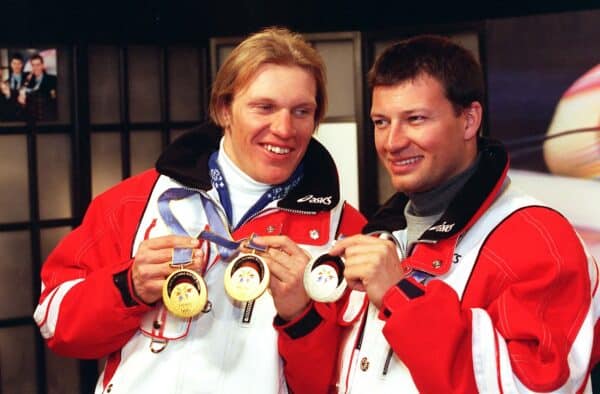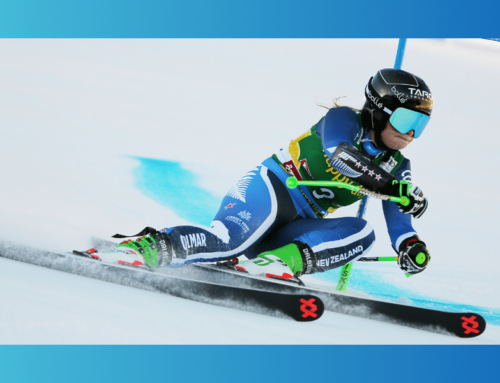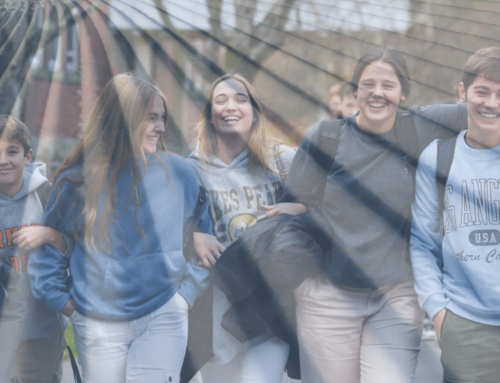Austria’s Passion for Ski Racing: Uniting Fans and Shaping National Identity
GEPA pictures Hermann Maier Star Challenge
On a typical Monday in January, television viewers could see just how vital Alpine ski racing is in Austria today. In prime time, ORF 1, a public broadcaster, showed a live broadcast of Hermann Maier’s Star Challenge. This ski race, which takes place on the evening before the women’s night slalom in Flachau, features teams of two, each consisting of a former ski racer and a celebrity (at least in Austria).
Ultimately, the team that best estimates the time gap between them wins. The event proceeds go to charity. Host Hermann Maier himself set the best time in the lower section of the World Cup course, proving he remains competitive on skis at the age of 52, 14 years after retiring from professional ski racing.
click on images to enlarge
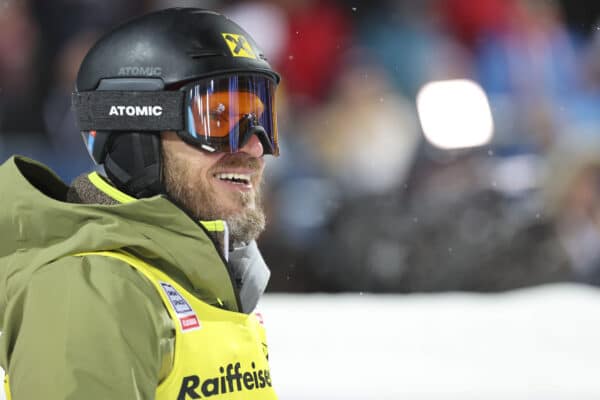
On the other hand, ServusTV, a private broadcaster belonging to the Red Bull Group, devoted the entire evening on Monday to the Hahnenkamm race, which would take place the following weekend. In the following days, viewers anticipated the highlight of the World Cup season from an Austrian perspective every day at prime time before the races in Kitzbühel started on Friday.
The 2024 World Cup season has ended in Saalbach. The Salzburg resort will host the Alpine World Ski Championships next winter, something extraordinary in a ski-mad country like Austria. Spring-like conditions already characterized the final races, but this did not dampen the mood and anticipation for February 2025. Austria will host a Ski World Championship for the first time since St. Anton am Arlberg in 2001.
ServusTV also broadcasted special programs, evoking many memories of 1991 when the penultimate World Championships took place on Austrian soil in Saalbach. The rising star was Stephan Eberharter, who was only 21 and won two gold medals. The worldwide broadcast showed pictures of the young Tyrolean celebrating his victories while playing the accordion.
Eberharter could not build on his successes in Saalbach for years, as injuries repeatedly set him back. It was only at the end of the 1990s that he managed to catch up with the world’s best. In the following years, he was one of the most successful athletes in the Alpine Ski World Cup, winning the overall World Cup title twice.
This period was one of the most successful for Austrian ski racing. Hermann Maier, alongside Eberharter, characterized this span of triumphs. Maier earned heroic status in the USA after his spectacular fall during a training run for the Olympic downhill in Nagano. After media appearances (for example, on David Letterman) and an encounter with Arnold Schwarzenegger, his nickname, “the Herminator,” is still used today.
Maier is an example of the public status that successful ski racers enjoy in Austria long after their careers have ended. Ski stars are among the country’s best-known personalities and are recognized by many people on the street. This also applies to two icons of Austrian skiing history who recently celebrated their 70th birthdays: Annemarie Moser-Pröll and Franz Klammer.
Klammer, from Carinthia, is still the most successful downhill skier in alpine ski racing history, having won 25 downhill races and the discipline World Cup five times. However, his Olympic victory on the Patscherkofelin Innsbruck in 1976 is particularly iconic. The young Klammer withstood the immense pressure and redeemed the Austrian nation with his win at the previously moderately successful Winter Games.
There is hardly a sporting achievement of comparable character in the history of Austrian sport. Annemarie Moser-Pröll also has a fixed place in this history. The Salzburg native was voted Austria’s Sportswoman of the Century in 1999. Her 70th birthday last year was the occasion for a special exhibition at the Salzburger Landesskimuseum in Werfenweng.
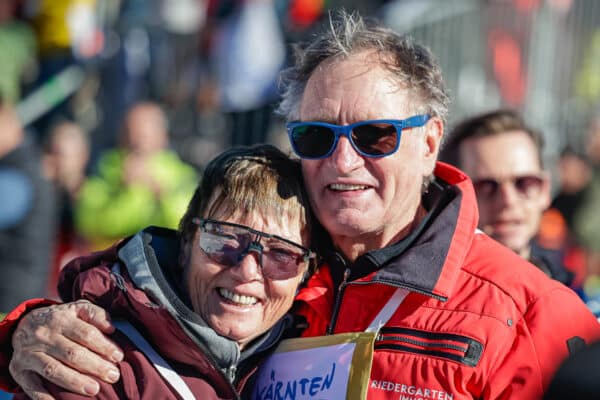
About an hour’s drive from Werfenweng is Saalbach-Hinterglemm, the venue for the World Cup Finals and the Alpine World Ski Championships next year. The television images of the finals reminded viewers of those from the start of the season in October and November, with little snow in sight except for artificially created strips of snow on the race slope. The snow conditions in Austria’s higher-altitude ski areas have been excellent since early December. However, we can’t ignore the fact that climate change has long since made an impact in this sport.
